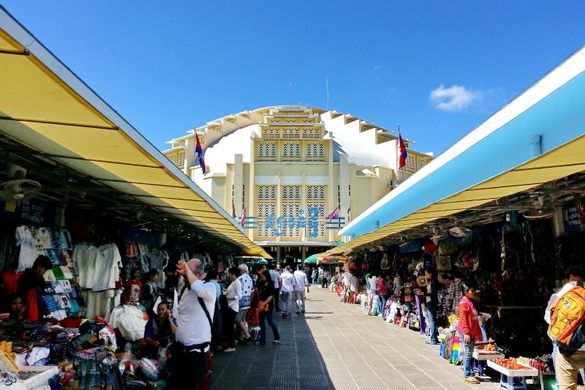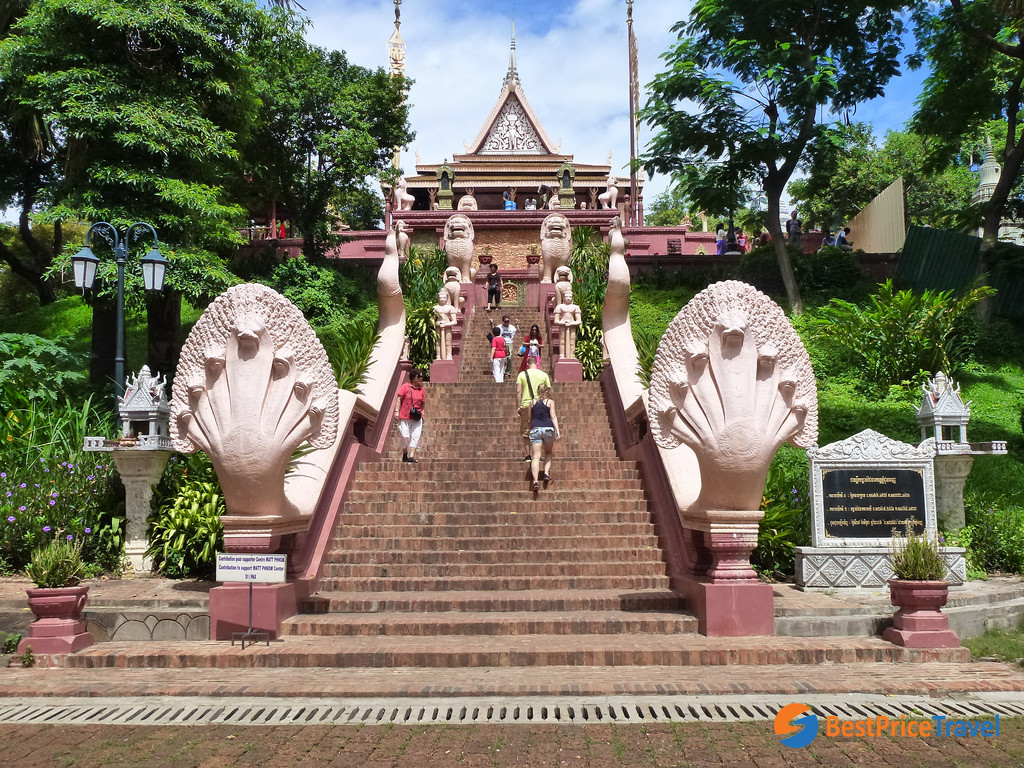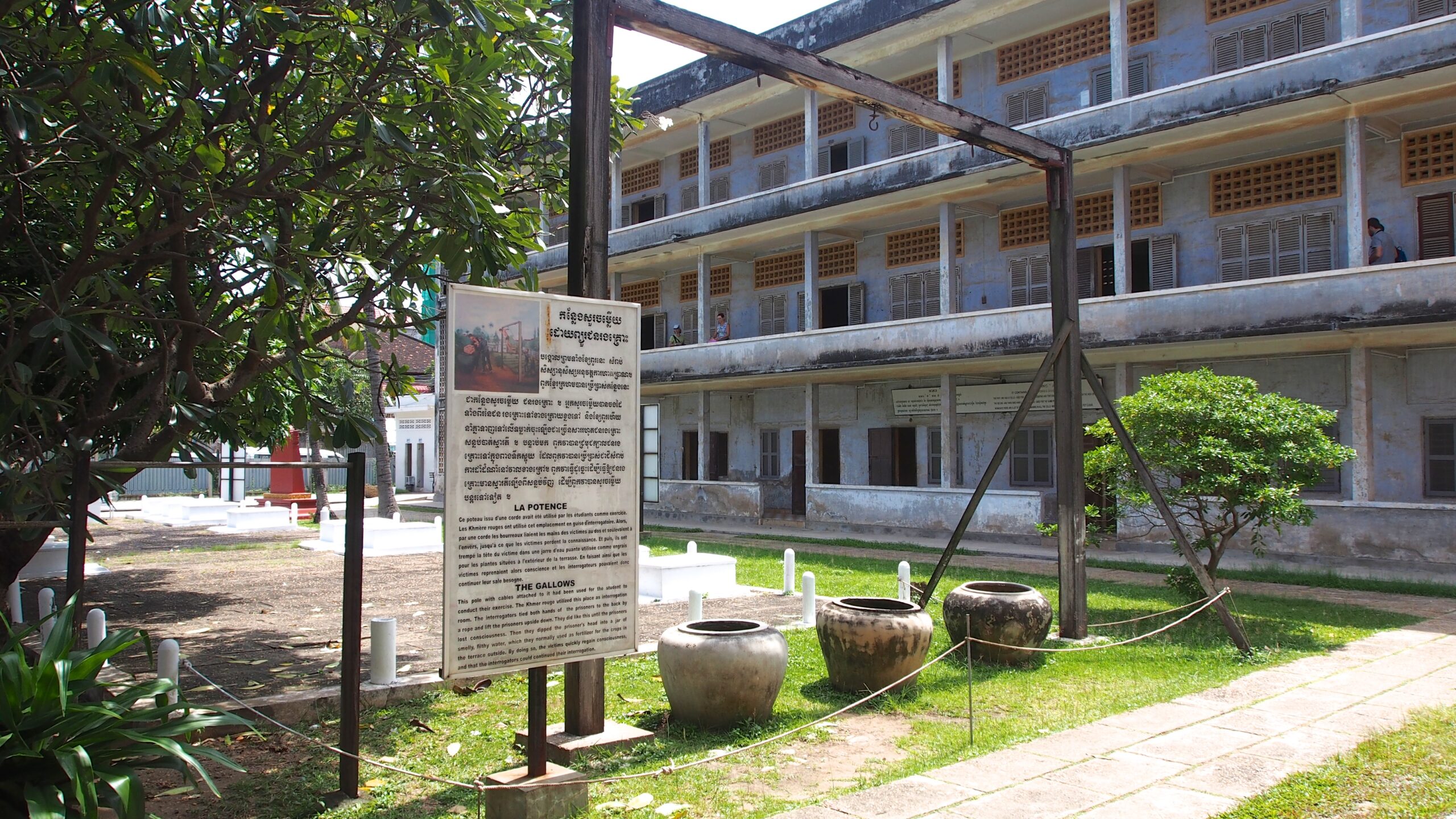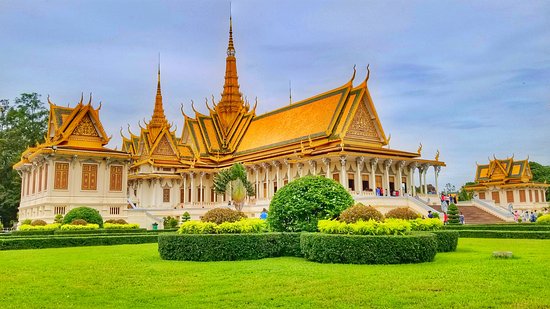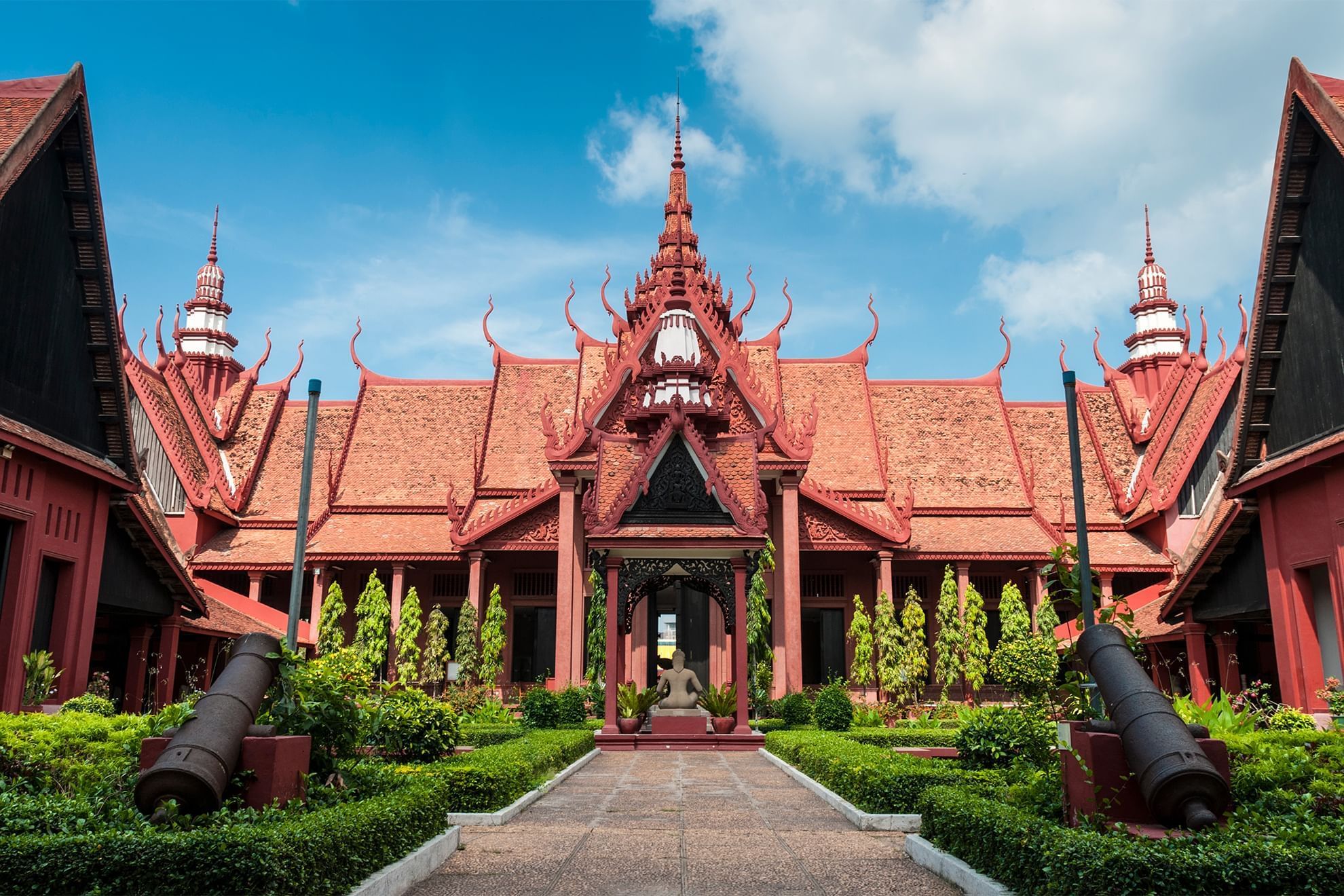Phnom Penh
Phnom Penh
The Russian Market (locally known as Toul Tom Poung Market) is one of Phnom Penh’s most popular and bustling markets, offering a diverse range of goods from local crafts to imported items. Despite its name, the Russian Market has little to do with Russia, though it was named in the 1980s because of the presence of Russian expatriates in Cambodia at the time. Today, it’s a vibrant and lively market that attracts both locals and tourists alike. The Russian Market is located in the Toul Tom Poung area of Phnom Penh, which is about 5 kilometers south of the Royal Palace. It is a covered, multi-level structure, with narrow aisles and countless small shops selling goods. The atmosphere is typically bustling, with local vendors calling out to passersby, tourists haggling over prices, and the smell of local food filling the air. The market is an excellent spot to experience the lively and energetic vibe of Phnom Penh.
The Central Market (Phsar Thmei) in Phnom Penh is one of the most iconic landmarks in Cambodia’s capital city. Known for its distinctive art deco architecture and vibrant atmosphere, the Central Market is a bustling hub where locals and tourists alike come to shop, browse, and experience the lively commerce of Phnom Penh. The Central Market is famous for its unique, dome-shaped design, which was built in the 1930s during the French colonial era. The market is an excellent place to observe the daily life of Phnom Penh’s residents and engage with local vendors. It’s a place where the sights, sounds, and smells of Cambodian life come alive, offering an immersive experience for visitors. Locals come to the market for their everyday shopping, while tourists visit to pick up souvenirs, fresh produce, or to simply enjoy the lively atmosphere. Over the years, the Central Market has become a symbol of Phnom Penh and an important cultural and economic hub in the city. It has witnessed the evolution of Phnom Penh and continues to be a vital part of daily life..
Wat Phnom is a significant religious and historical site located in Phnom Penh, the capital city of Cambodia. The temple complex sits atop a 27-meter high hill and is considered the tallest religious structure in the city. The history of Wat Phnom dates back to the 14th century and is steeped in legend and folklore. According to local legend, a wealthy widow named Lady Penh discovered four Buddha statues floating down the Mekong River during a flood. She built a small hill (or “phnom” in Khmer) and enshrined the statues on top, thus giving rise to the name “Wat Phnom.” The temple was constructed in 1373 and has since been renovated and expanded over the centuries.
Wat Phnom has played a crucial role in Cambodian history and culture. It has served as a place of worship, meditation, and pilgrimage for locals and visitors alike. The temple complex has also witnessed various historical events, including the founding of Phnom Penh as the capital of Cambodia in the 15th century. Over the years, Wat Phnom has undergone several renovations and expansions, with various kings and rulers contributing to its development. The temple’s architecture reflects a blend of Khmer and French colonial styles, making it a unique and visually striking landmark in the city. Today, Wat Phnom remains an important religious site and a popular tourist attraction in Phnom Penh. Visitors can explore the temple grounds, admire the intricate carvings and sculptures, and enjoy panoramic views of the city from the hilltop. The temple complex also hosts various festivals and ceremonies throughout the year, attracting devotees and tourists from around the world.
Toul Sleng Genocide Museum, also known as S-21, is a haunting and significant historical site located in Phnom Penh, Cambodia. The museum stands as a stark reminder of the brutal atrocities committed during the Khmer Rouge regime in the late 1970s. Toul Sleng was originally a high school known as Tuol Svay Prey High School before it was converted into Security Prison 21 (S-21) by the Khmer Rouge regime. In April 1975, following the fall of Phnom Penh to the Khmer Rouge forces led by Pol Pot, the regime began its radical social engineering policies, aiming to create an agrarian utopia by eliminating perceived enemies of the state.
Prisoners at S-21 were subjected to brutal torture methods to extract information or confessions, often resulting in false admissions of espionage or treason. The inmates endured extreme physical and psychological abuse, including beatings, electric shocks, waterboarding, and other forms of torture. Many prisoners died as a result of the harsh conditions and mistreatment.
One chilling aspect of S-21 was the meticulous documentation of prisoners through photographs and confessions. Each prisoner was photographed upon arrival, and their personal details were recorded in extensive archives. The regime maintained detailed records of interrogations, confessions, and executions, providing a chilling insight into the systematic brutality of the Khmer Rouge.
The Royal Palace in Phnom Penh, Cambodia, is one of the most iconic landmarks in the capital city and a symbol of the country’s royal heritage and architectural grandeur. It serves as the official residence of the King of Cambodia and is located near the riverfront, offering visitors a glimpse into the opulent lifestyle of Cambodia’s monarchy. The Royal Palace was constructed in 1866 by King Norodom, and it has since been the residence of Cambodia’s royal family. It is located on a sprawling 170,000-square-meter compound along the Tonle Sap River. The palace has been central to the political and cultural history of Cambodia, reflecting the country’s royal traditions and the importance of the monarchy in Cambodian society. The architecture of the Royal Palace blends traditional Khmer styles with European influences, particularly seen in the Silver Pagoda and the Throne Hall. The complex is known for its beautiful roofs with golden spires, intricate carvings, and vibrant colors. The Royal Palace is not only a political center but also a symbol of Cambodian culture and religion.
The Phnom Penh National Museum is one of Cambodia’s most significant cultural institutions. Located in the capital city, Phnom Penh, the museum is a major center for preserving and showcasing the country’s rich history, art, and culture. It provides a comprehensive look at Cambodia’s artistic heritage, from its ancient civilizations to more contemporary times. The National Museum of Cambodia was built in 1917 during the French colonial era. The building itself is an architectural marvel designed by French architect George Groslier and Cambodian architect Vann Molyvann. The museum’s collections primarily focus on the ancient Khmer civilization and the Angkor period, showcasing the historical and cultural achievements of the Khmer Empire. It is home to over 14,000 objects, including sculptures, ceramics, jewelry, and other artifacts.
The National Museum plays a crucial role in preserving Cambodia’s cultural heritage, especially in the wake of the Khmer Rouge era (1975-1979), during which much of Cambodia’s historical artifacts and cultural sites were destroyed or looted. The museum stands as a symbol of Permanent Exhibits: The permanent galleries offer an extensive look at Cambodia’s history, covering everything from ancient Angkorian civilization to the French colonial period and beyond. Exhibits display ancient tools, relics, pottery, and other objects that reveal the daily life, religious practices, and artistic achievements of Cambodians throughout history.
The museum is involved in ongoing efforts to conserve and restore artifacts, many of which are centuries old. The institution collaborates with international organizations, scholars, and preservation specialists to maintain the integrity of its collections.
Cheung Ek, also known as the Killing Fields, is a significant historical site located on the outskirts of Phnom Penh. The site was originally an orchard and Chinese cemetery before it was repurposed by the Khmer Rouge regime as one of the many extermination centers during the Cambodian genocide in the late 1970s. Following the rise of the Khmer Rouge under the leadership of Pol Pot in 1975, Cheung Ek became a key site for the execution and burial of thousands of perceived enemies of the state. The regime’s radical policies aimed to create an agrarian utopia by eliminating intellectuals, professionals, and anyone deemed a threat to their vision of a communist society. Cheung Ek was used as a mass killing site where prisoners from Security Prison 21 (S-21) were transported for execution. The victims, including men, women, and children, were systematically killed through brutal methods such as beatings, shootings, and bludgeoning to save ammunition. After the fall of the Khmer Rouge regime in 1979, mass graves containing the remains of thousands of victims were uncovered at Cheung Ek. The site was transformed into a memorial and museum to honor the memory of those who perished and to educate visitors about the atrocities committed during the genocide. Today, visitors can pay their respects at the stupa containing the skulls and bones of victims exhumed from the mass graves. Cheung Ek stands as a poignant symbol of remembrance and reflection, urging visitors to confront the horrors of the past and to work towards a more peaceful and just future.
Create Your Dream Tour!
Feel free to adjust any details or add specific information relevant to your destination or travel agency. Let me know if you need further customization!
